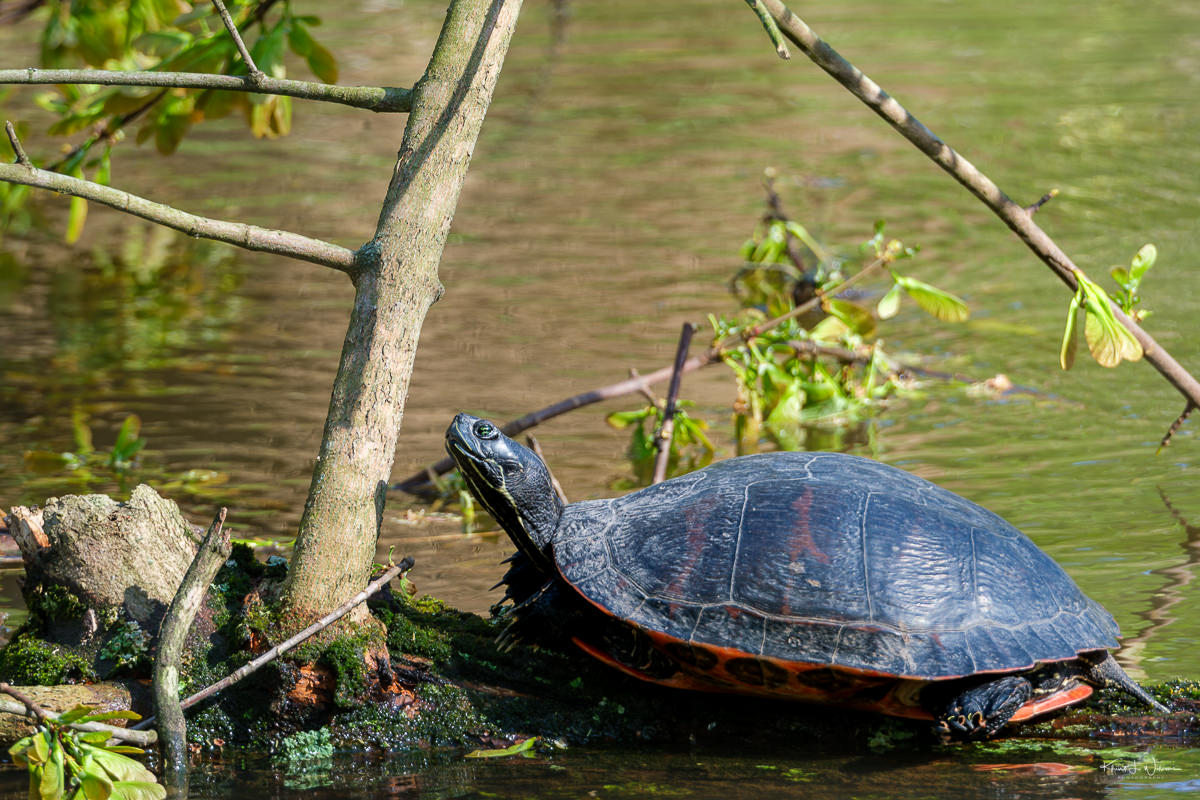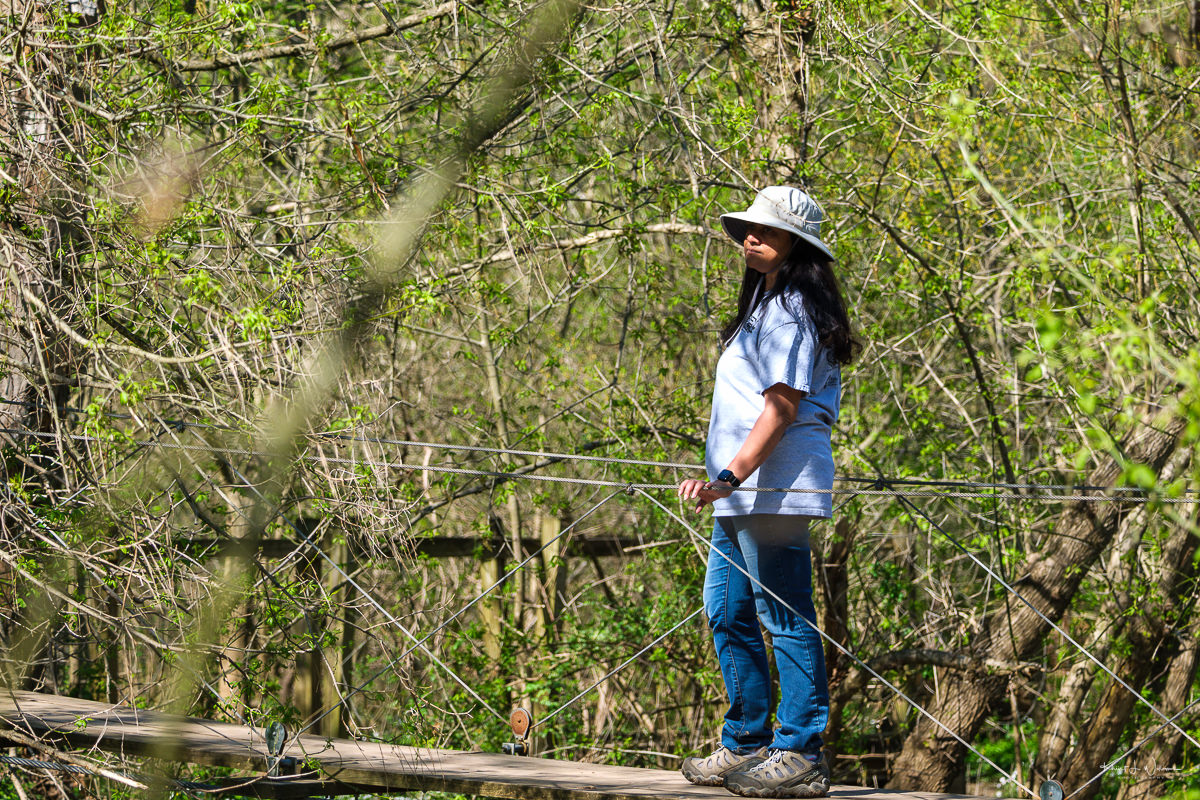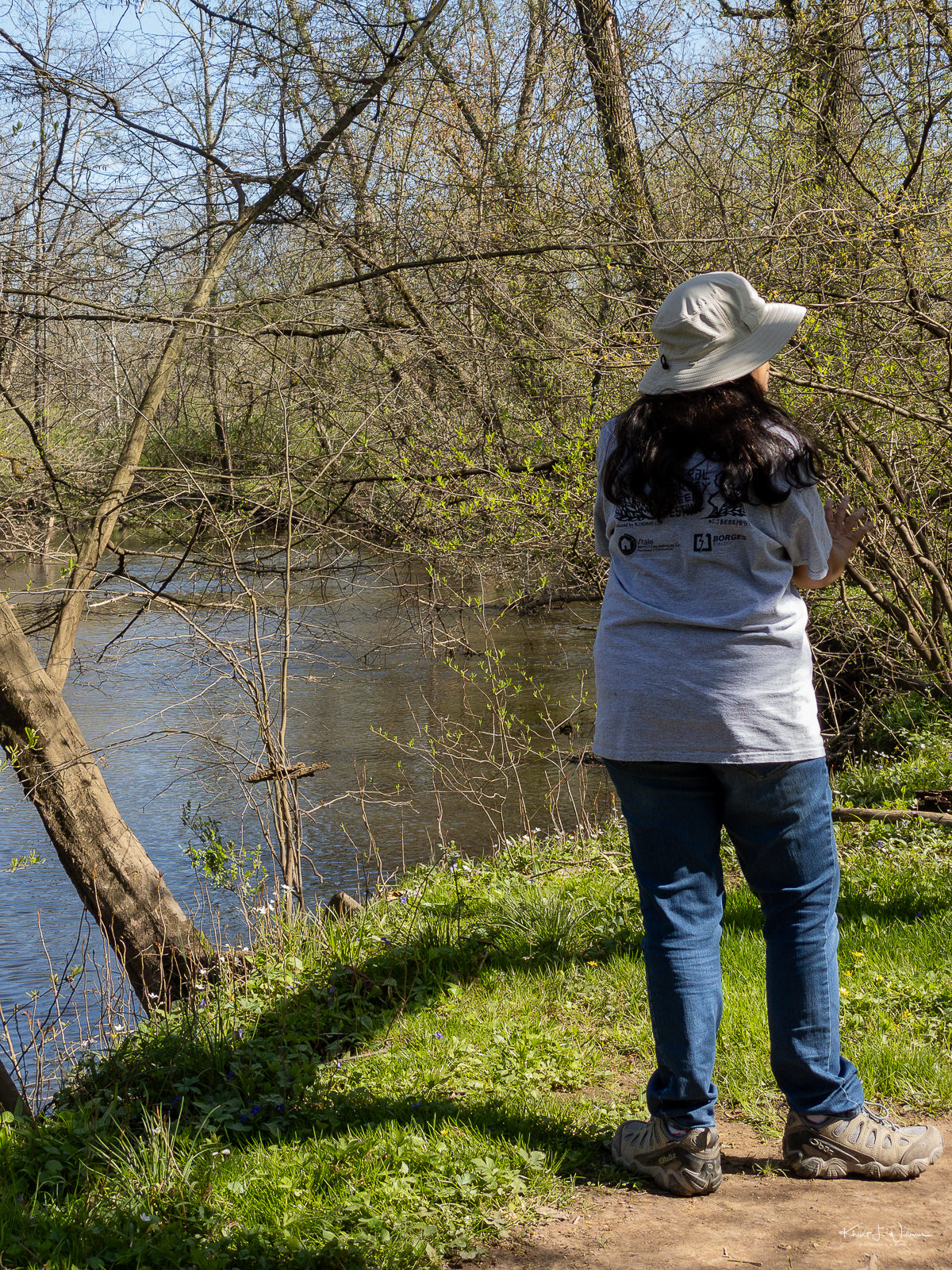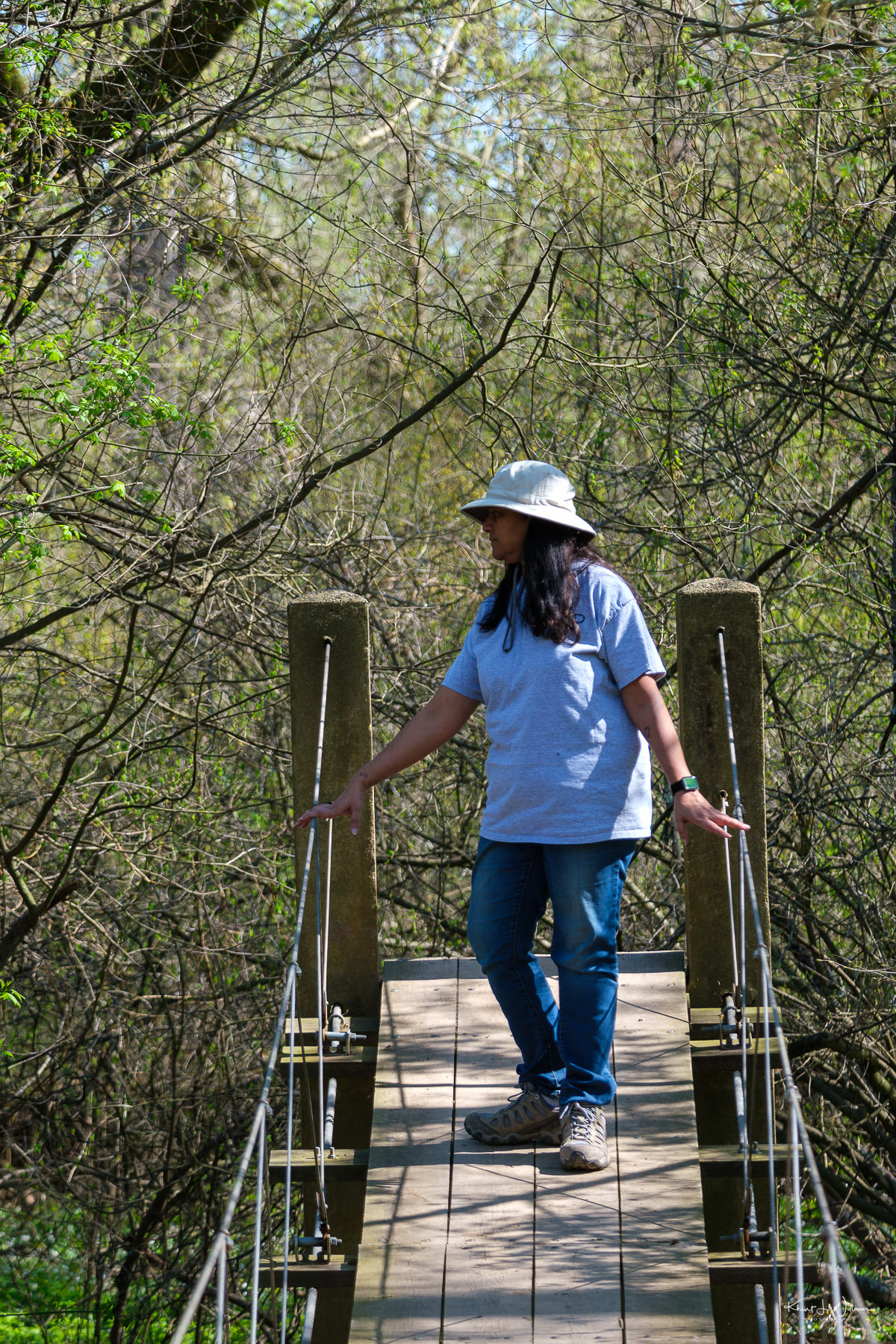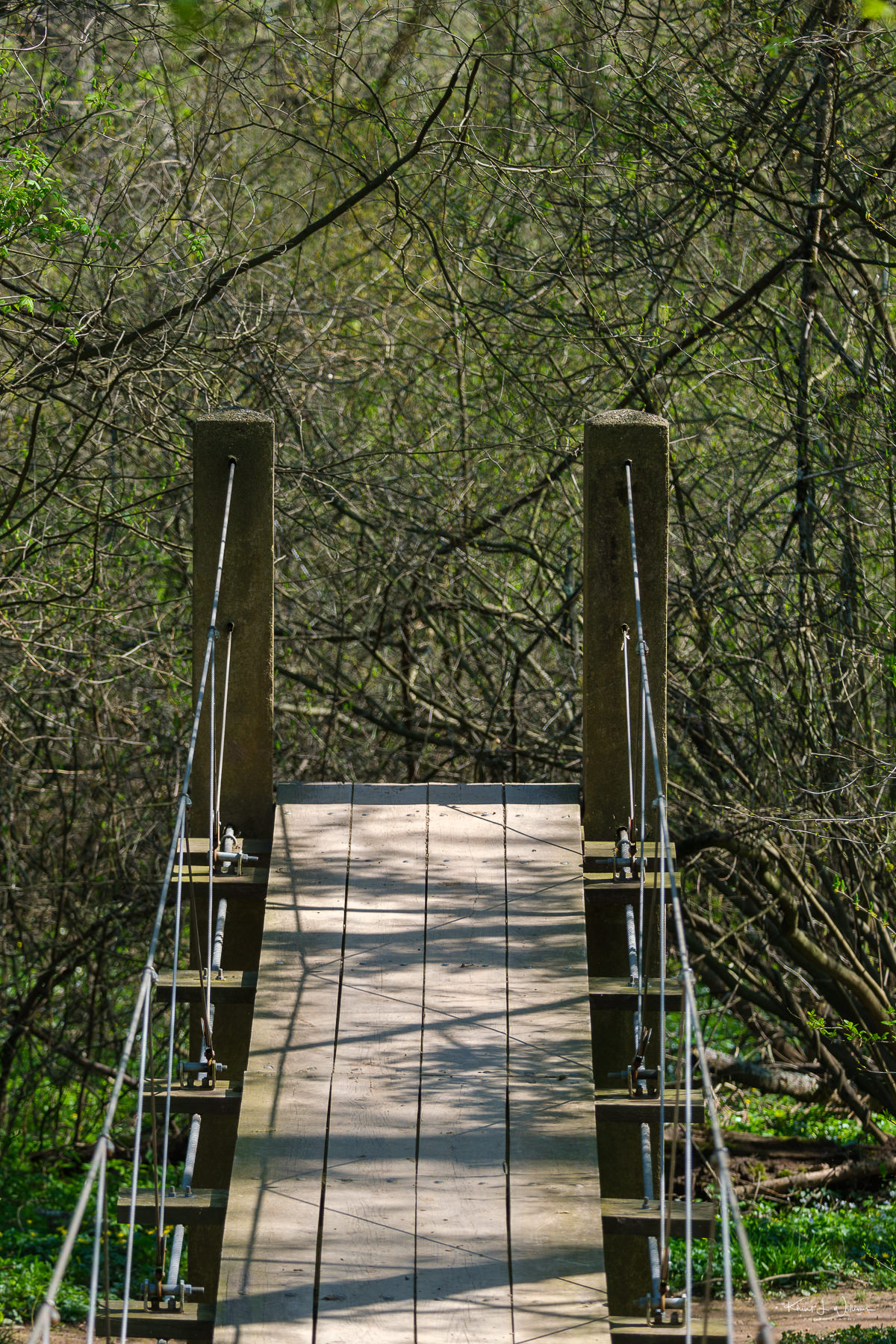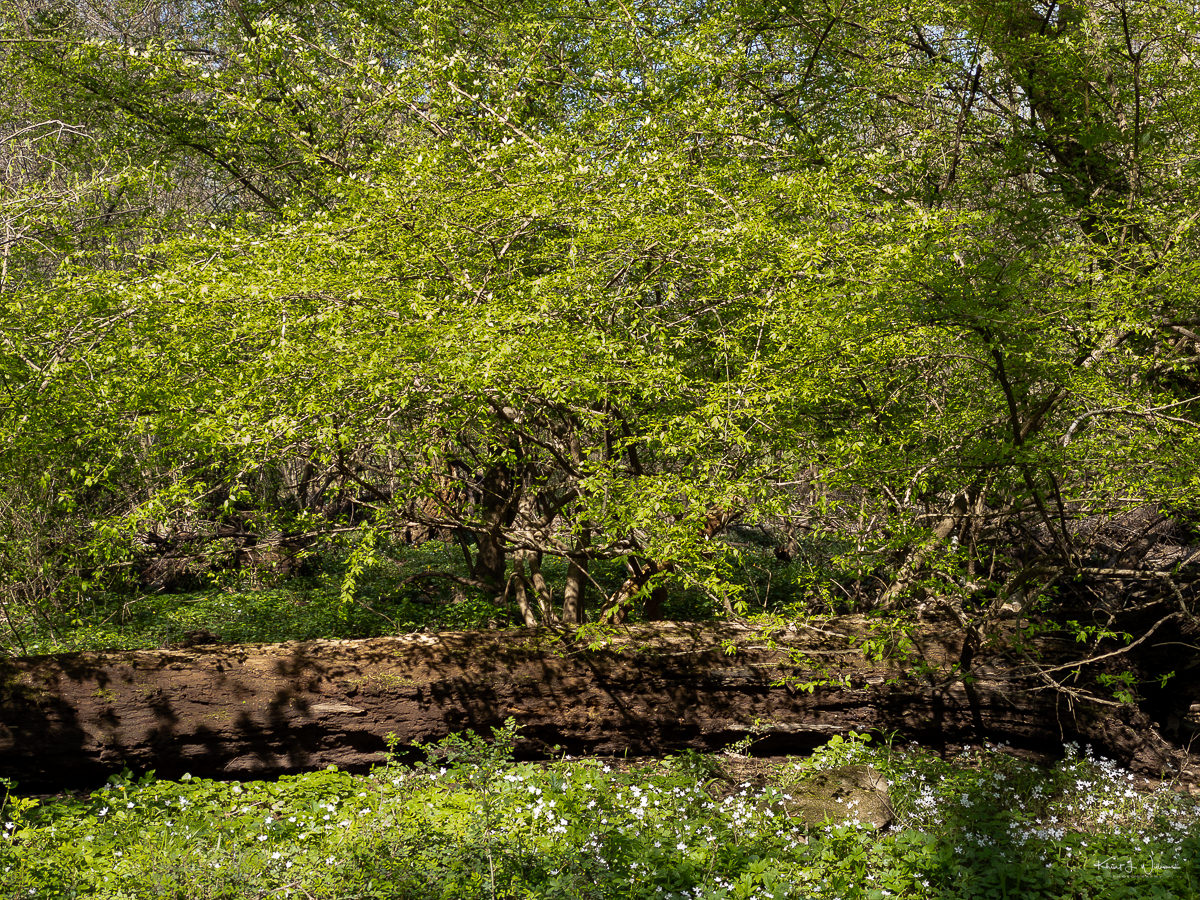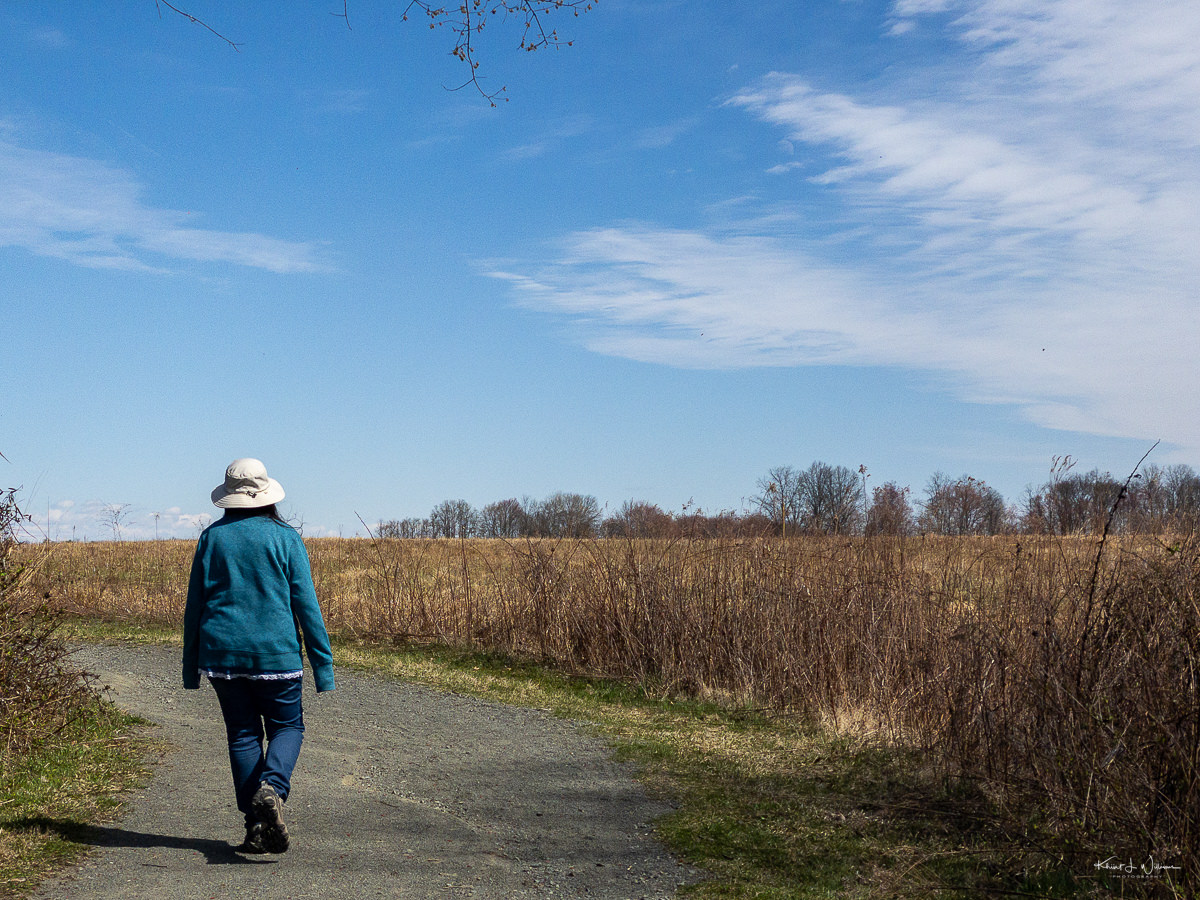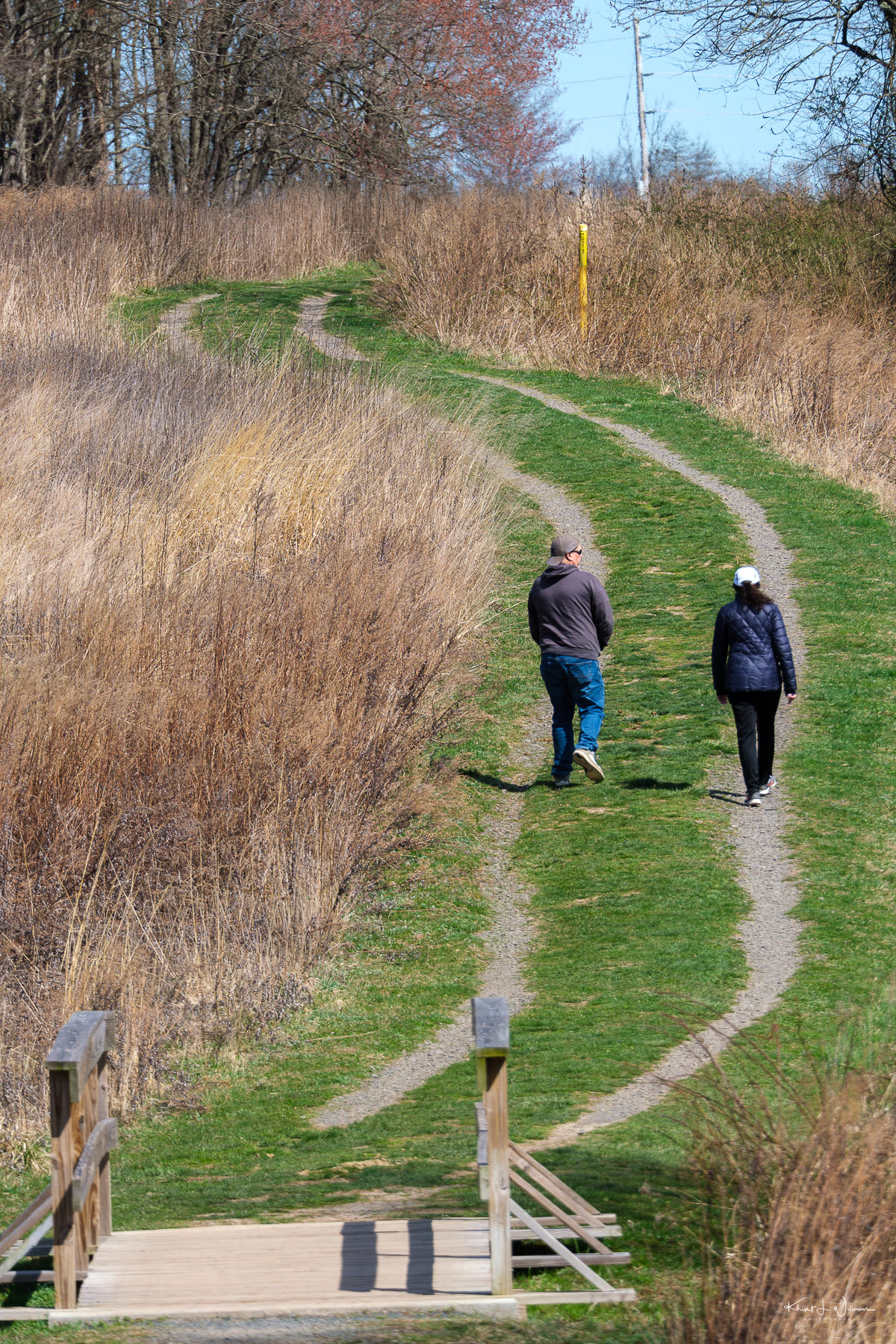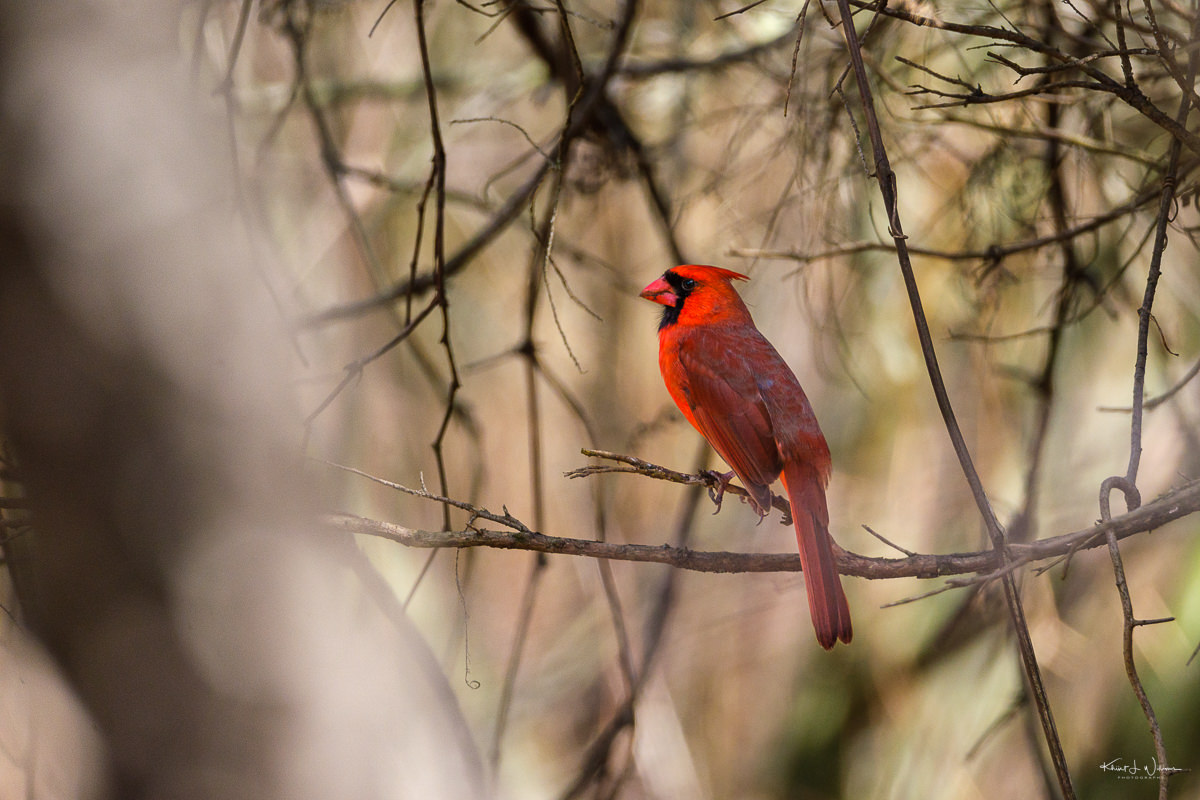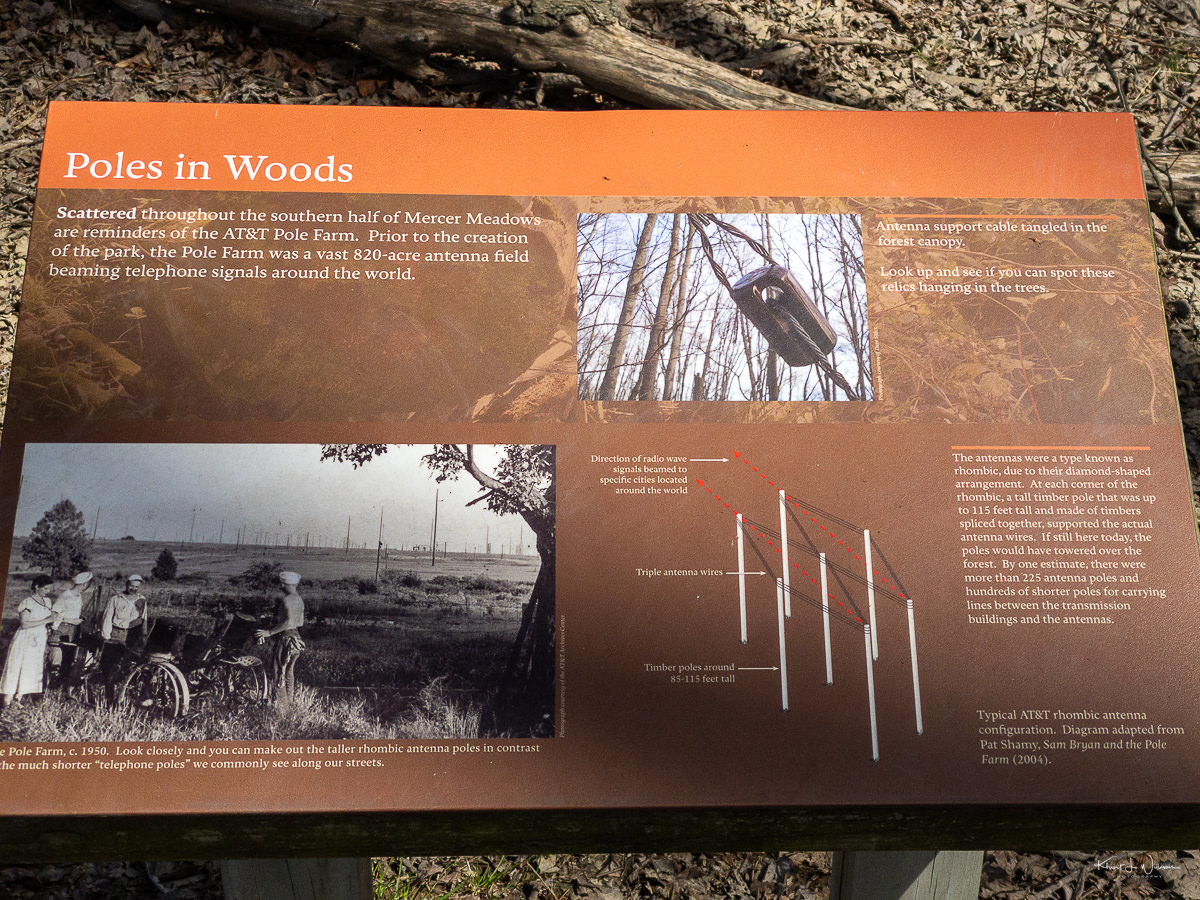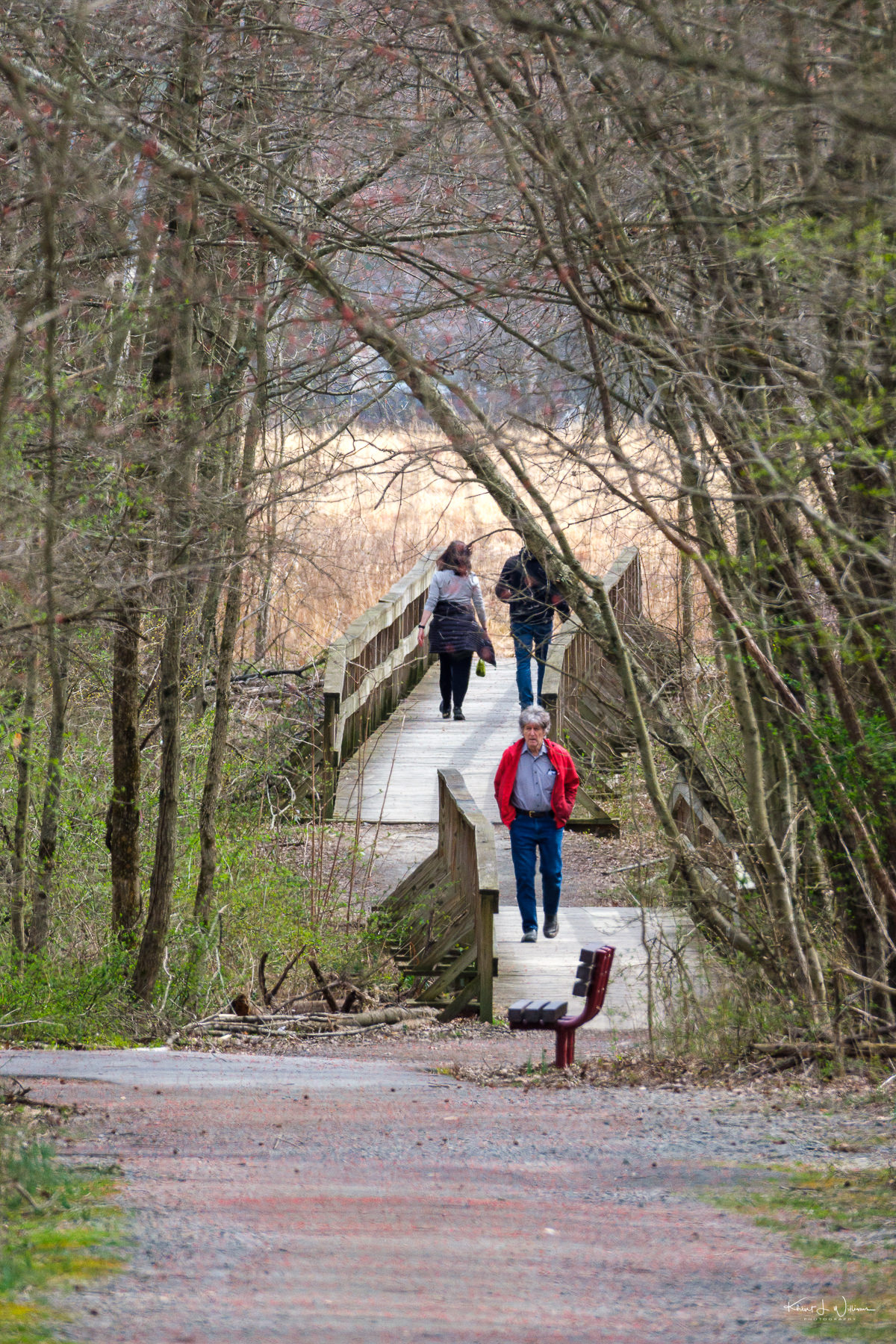Turtle identification is challenging. I had thought, based on photographs I saw online after searching "turtles New Jersey", that this individual was a Painted Turtle. I uploaded the photo to iNaturalist where amateur naturalists, John Keisers, suggested that this was a Northern Red-bellied Cooter.
The Northern Red-bellied Cooter (Deirochelys reticularia) is a freshwater turtle species native to North America. It belongs to the Emydidae family and is characterised by its medium to large size, domed carapace, and distinctive red markings on its plastron. This species typically inhabits slow-moving or still bodies of water such as ponds, lakes, marshes, and rivers with soft bottoms and abundant aquatic vegetation.
Northern Red-bellied Cooters are omnivorous, feeding on a variety of plant matter, aquatic vegetation, insects, crustaceans, and occasionally small fish. They are known to bask on logs or rocks near the water's edge to regulate their body temperature. Breeding season for this species occurs in late spring and early summer, with females laying eggs in sandy or soft soil near the water. Northern Red-bellied Cooters play a role in aquatic ecosystems as both consumers and prey for other predators in their habitat.
